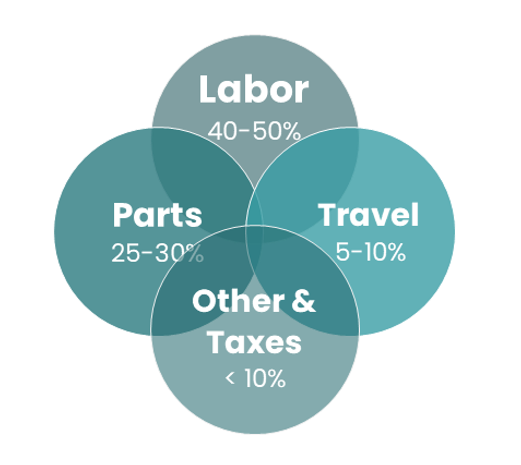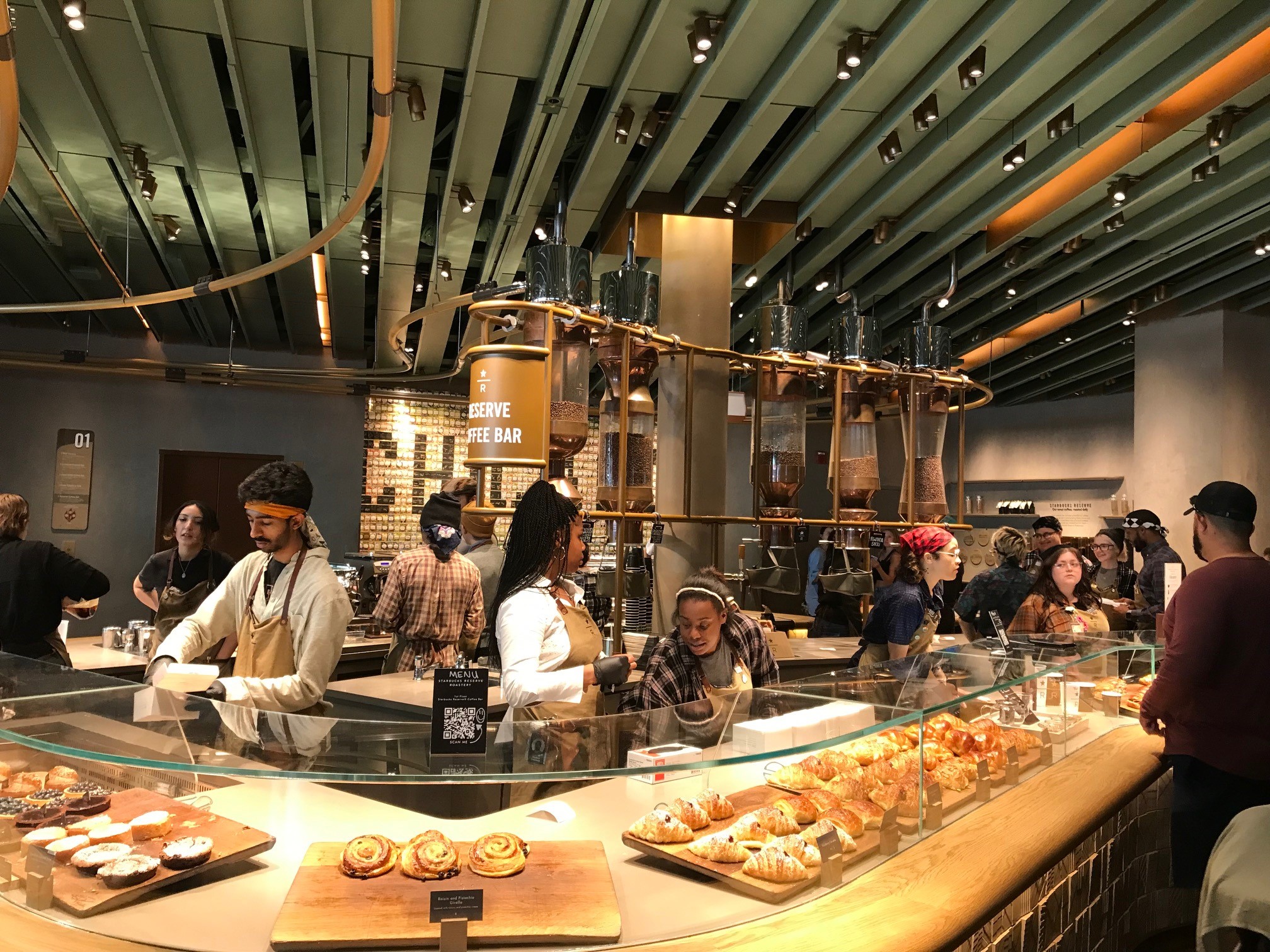.png?width=109&height=109&name=McKenzie%20Petersen%20(1).png) by McKenzie Petersen
by McKenzie Petersen
For nearly 12 years, McKenzie Petersen has been a trusted solutions specialist at Vixxo, helping organizations navigate all of the complexities of the industry. With a keen eye for problem-solving and a passion for preventative solutions, she's seen it all – from costly breakdowns to the transformative power of preventive maintenance. Let McKenzie guide you toward a cooler, calmer, and more profitable restaurant environment.

Customer experience is important to restaurants and maintaining their facilities is critical.
Throughout my years in developing facility solutions for organizations, I have encountered numerous companies struggling with unexpected costs and inefficiencies. The restaurant industry, in particular, was faced with a lot of challenges during COVID, but while restaurants are poised to grow in 2024 with sales forecasted to top $1 trillion for the first time in history, costs remain a top concern for operators, especially with consumers questioning prices.
As an example, this was a clear concern for two restaurant chains that I recently engaged with. Both were facing similar issues, and we successfully addressed their common problem of excessively high HVAC repair spending.
The Problem: A Fix-It-When-It-Breaks Mentality
Both restaurants I was assisting at the time faced a similar challenge - their average HVAC work order (WO) costs were significantly higher than industry standards. Upon delving into their data, it became clear that a lack of preventative maintenance (PM) was the root cause. Although some stores performed PMs sporadically, they were far from the recommended regular intervals for optimal equipment health. Consequently, this resulted in an average cost that was above $1,000 across the entire data set, with some service providers even averaging over $2,000. In my experience, an acceptable range for this type of work is somewhere between $700-$850 per work order.
The Resistance: "Why Fix It If It Ain't Broke?"
The initial obstacle we faced was not a technical one, but rather a cultural mindset. One of the restaurant executives held a "fix-it-when-it-breaks" mentality, believing that reactive repairs were simpler and more cost-effective. However, this mindset failed to consider the hidden costs associated with foregoing preventative maintenance and only implementing reactive maintenance:
- Emergency repairs are expensive: Rushing to fix a breakdown often requires overtime labor, premium parts, and the potential for equipment damage.
- Domino effects: Neglected issues can escalate, leading to more extensive (and costly) repairs in the future.
- Downtime = lost revenue: Unplanned equipment failures disrupt operations and result in significant losses for the business.
Bridging the Gap: Data-Driven Insights and Shared Experiences
Our approach involved a two-pronged strategy: education and empathy. We presented data-driven evidence showcasing how PMs significantly reduced reactive costs and improved equipment lifespan. Additionally, sharing our own experiences with successful PM implementation resonated with the restaurants, further validating our recommendations. Now, we all recognize the potential for cutting overspending through preventative maintenance. Is "a fix-it-when-it-breaks mentality" truly worth the financial repercussions?
Your Solution
My recommendation is to start in one area to better understand the implications and cost benefits of preventative maintenance (PM). Evaluate your HVAC program to identify possible areas of improvement. This should include identifying how to make better decisions on whether to replace or repair equipment. On average, we have seen companies overspend by 17% when they retain assets past their end-of-life under the mistaken belief, it is best to keep repairing the asset.
JOIN US: RFMA 2024 with two insightful panel sessions led by our industry experts!
Panel Session 1: Next Generation FM: The Role of AI in Facilities Management – Led by Chief Operating Officer Jim McCarthy. Monday, 3/18 3:45 pm - 4:30 pm EST
Panel Session 2: Data-Led Decisions: Optimizing Facilities – Led by VP of Industry Insights Nate Brier. Monday, 3/18 2:30 pm - 3:15 pm EST
Also, register today for our Facilities Insights Webinar on Tuesday, February 20th!




